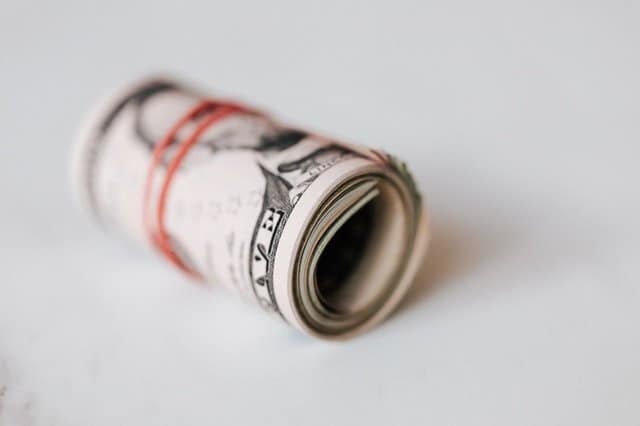Owning a beautiful home is everyone’s dream, but it is a dream with recurring costs. Home-ownership comes with expenses related to renovations and repairs. There may also be regular taxes, attorney fees, and other unexpected expenditures you need to factor in. The most commonly used debt instruments to fund property-related expenses are purchase loans and refinance loans. If you already own a property, refinancing is a good option to meet your additional expenses.
Let us briefly take a look at the differences between purchase and refinance loans:
What is a purchase loan?
A purchase loan helps many first-time buyers to buy their dream property easily. It helps buyers to make a down payment on the actual price of a property, and pay the rest in monthly installments via a purchase loan lent at a certain rate of interest. These loans are usually given on the following criteria:
- Applicant’s annual income
- Actual value of the property
- Down payment, the applicant is able to make
- Preferred loan tenure or the duration of the loan period
People with stable incomes, an existing property, and a good credit score tend to receive purchase loans more easily than others. Some lending institutions tend to be more lenient than others, and may consider factors such as the postal code of the property as well.
Benefits of purchase loans
- Helps you to purchase a new property
- Build your equity gradually
- Makes refinancing possible
However, purchase loans are not the appropriate debt instrument for expenses related to renovations, repairs, or miscellaneous expenses. They are more suitable for larger expenses required for investing in new properties.
Enter cash-out refinance loan
A refinance loan is the loan you receive on an existing home for which you are currently paying monthly loan installments. In other words, it is a loan given to you based on the equity you’ve accumulated. You also gain equity when your property’s market value increases.
In general, you can’t take a loan amount that is greater than 80% of your equity. Many banks set much lower limits and are quite stringent about it. The only exception to this rule is, if you are a US Army veteran, you can apply for VA loans that allow you to take a refinance amount equalling your equity.
Benefits of refinance loans
- Lower interest rates than credit cards and personal loans
- Consolidate your debt, and put your finances back in shape
- Perfect for mid-sized loan requirements
If your request is approved and a refinance loan is sanctioned, the lending institution first clears your existing loan amount, and transfers the balance in cash to your account.
Refinance loan amount = (total loan amount – loan payments made so far) + loan amount sought
Let’s explain it in figures:
If you had taken a purchase loan of $300,000, and have regularly made monthly payments amounting to $160,000, you still owe the bank $140,000. If you need $30,000 for home repairs and other expenses, the lending institution clears the $140,000 you owe, plus lends you the $30,000 you need. Your principal loan amount is now $170,000, and henceforth, your monthly payments will clear this amount.
4 important factors that increase your chances of getting a cash-out refinance
- A low Debt-To-Income Ratio.
- A high level of home equity
- A good credit score
- You have rented out your property
Here’s how to use your refinance loan once its sanctioned
Refinance loans are perfect for making a down payment on a second home, to make renovations and repairs on an existing property, or for any other miscellaneous expenses. Leaky roofs, a fresh coat of paint, or a new fence along the hedge don’t have to be unthinkable. You can invest in home improvements and repairs so that your house is back to looking fresh and new. What’s more, renovated houses usually sell better on the market, and attract higher rentals.
You can also use the refinanced amount for various emergency expenses. It could be a child’s tuition fees, or a new car you’ve always wanted. However, it is important to invest refinanced loans carefully and wisely.
Consider these factors before you apply for a refinance
Your loan terms will usually change, and you may need to make monthly payments for a longer time. It may take a few days time for your new lending institution to close your existing mortgage, and deposit the refinance amount in your bank account. If you think you are ready, apply for refinancing, or calculate interest on cash-out refinances.
